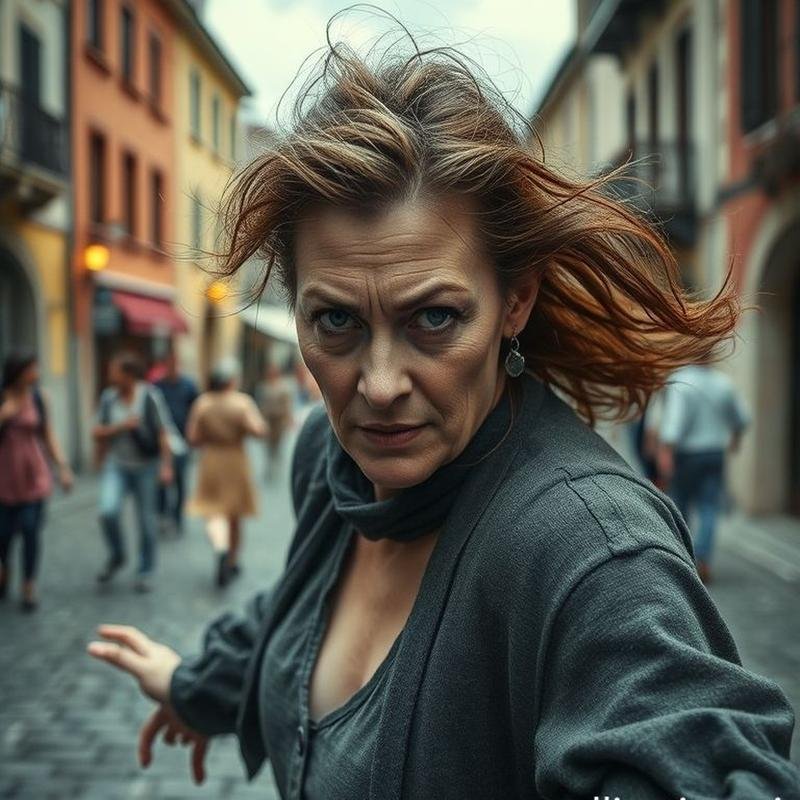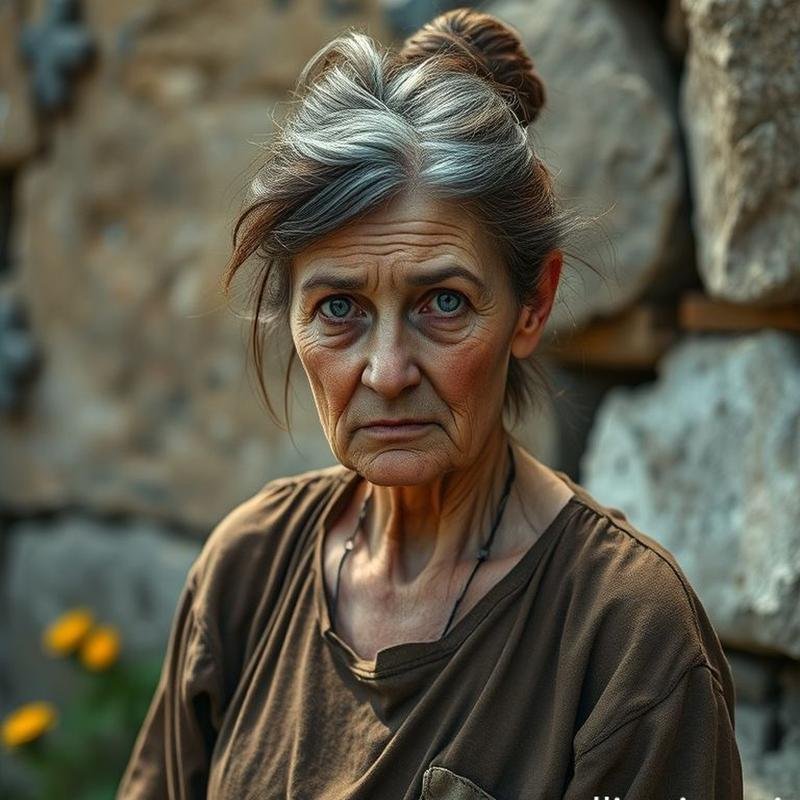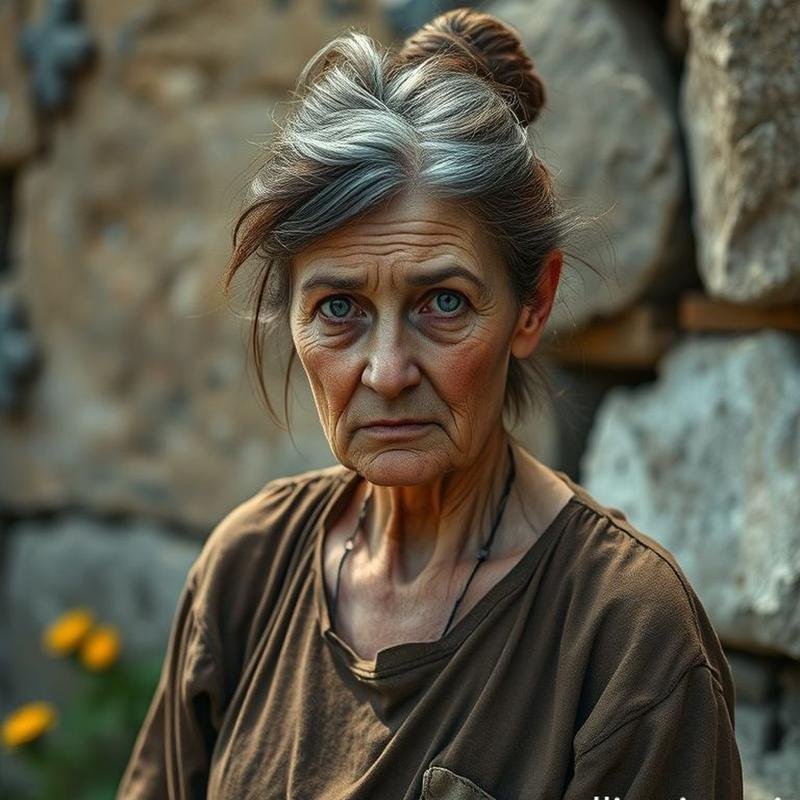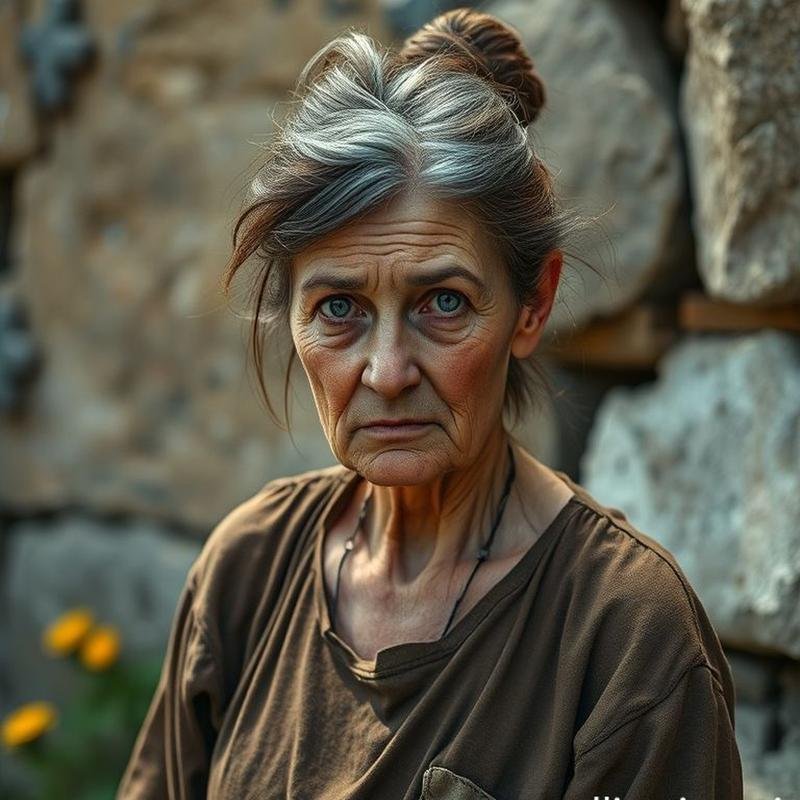The Dancing Plague of 1518: A Fatal Dance Mania.

Dancing Plague of 1518: Mass Hysteria Explained
How can dance transform into a nightmare? In 1518, dancing was not a source of joy and celebration, but rather an omen of misfortune and a harbinger of death. In this episode, we delve into the enigma of the dancing plague, exploring how mass hysteria, societal pressures, and religious convictions drove hundreds to dance to the point of collapse, while dispelling supernatural explanations surrounding this terrifying phenomenon. Was the epidemic rooted in the depths of the psyche, or did it inhabit bodies in an inexplicable manner? Prepare for a dark journey where historical accounts intertwine with horrifying realities in an unforgettable narrative.
Before we embark on this compelling exploration, please share your initial expectations in the comments section. And to accompany us on this insightful journey, be sure to subscribe to the channel and activate the notification bell to receive all the latest updates.
Strasbourg, 1518: A City Gripped by Fear
Strasbourg, 1518. Not the city we know today, but a city burdened by fear and anxiety. Imagine years of hardship that have eroded its spirit, and severe weather that has afflicted the farming community. Food prices soared, and grain became scarce. Hunger… a specter looming over the populace. This city, part of the vast Holy Roman Empire, is nominally governed by a local council, but true power resides in the hands of affluent merchants and influential artisans. The peasants and laborers, the working class, suffer greatly from exorbitant taxes and oppressive living conditions.
Ominous Prophecies and Saint Vitus
Even before the dancing plague began to spread, ominous rumors circulated throughout the city. Grim religious prophecies foretold imminent divine retribution and impending punishment for the sins of the people. Saint Vitus, the city’s revered patron saint, was particularly venerated as the protector against nervous disorders and involuntary movements.
The Outbreak: Frau Troffea’s Dance
In the foreboding mid-July of 1518, a woman named Frau Troffea appeared in the streets of Strasbourg. She did not smile, but rather erupted into a frenzied dance, as if compelled by an unseen force. Her movements were not graceful, but rather convulsive, revealing profound inner turmoil. For six days, Frau Troffea continued her feverish dance, becoming a disturbing and captivating spectacle. She quickly attracted the attention of passersby, and by the end of the week, 34 others had joined her. Dancing was no longer an individual act, but a bizarre epidemic spreading throughout the city.
A Terrifying Nightmare
By August, the scene had devolved into a terrifying nightmare. Nearly 400 people were dancing incessantly in the streets, their faces pale and their eyes vacant. Eyewitnesses described the dancers as hallucinating and profoundly exhausted. Some collapsed due to heart attacks, strokes, and fatal exhaustion. Death itself became an integral part of this macabre dance. Physicians were unable to explain this phenomenon. Was it demonic possession? Or divine wrath? Their proposed solution was perplexing: the dancers should continue dancing to rid themselves of the affliction. The city, in a desperate attempt to contain this madness, rented two large halls and provided music and sustenance.
Fear and Religious Beliefs
In that dark era, dancing was not merely an expression of joy, but a terrifying portal to other realms, realms inhabited by unseen forces. In 1518, this terrifying belief manifested as palpable fear, as hearts trembled with the notion that Saint Vitus might inflict the curse of dancing in retribution for perceived disrespect. Imagine the dread that gripped souls upon witnessing someone suddenly erupt into a hysterical dance, involuntary movements indicative of demonic possession, and vacant gazes portending doom. Was this person truly possessed? Or was it divine punishment descending? Churches were filled with fervent prayers and hushed hymns, while priests brandished holy crosses in a desperate attempt to exorcise the malevolent spirits they believed had possessed these unfortunate dancers. Exorcism rituals were performed publicly, and anguished cries mingled with chants, in an attempt to quell this madness and restore tranquility to the afflicted city. But the dancing continued to spread, and fear intensified and deepened. Even sacred spaces were no longer a sanctuary.
Ergot Poisoning: A Fungal Culprit?
But what if the key to this mass hysteria lies within the rye fields themselves? Ergot, that insidious parasitic fungus that infests these grains, carries within it a toxin capable of distorting reality. In the Middle Ages, where agricultural practices were rudimentary and storage was inadequate, ergot contamination of rye was common and alarming. Imagine consuming rye bread contaminated with this fungus! The result? A horrific condition known as ergotism, or St. Anthony’s Fire. Its symptoms were a living nightmare: terrifying hallucinations that shattered the mind, involuntary contractions that tormented the body, and agonizing convulsions that ravaged the victim, accompanied by an unbearable burning sensation in the extremities, as if they were consumed by hellfire. Could ergot be the catalyst that ignited the dancing plague? Were these dancers experiencing nightmares and perceiving horrors that did not exist, driven by uncontrollable hallucinations? It’s a compelling theory, but it sparks considerable debate.
Mass Hysteria: The Power of the Psyche
But is there an alternative explanation? An explanation that transcends fungi and toxins, delving into the depths of the human psyche? Here, we enter the realm of mass hysteria, or psychogenic illness. This phenomenon, where disease symptoms spread rapidly among a group of people without a clear organic cause, may hold the key to unlocking the mystery of the dancing plague. Imagine a society burdened by psychological and social pressures, a society that fears the unknown and believes in the imminence of danger. In such circumstances, mass hysteria can become an overwhelming force. Consider the Tanganyika laughter epidemic of 1962, where hysterical laughter spread among boarding school students in Tanzania, lasting for months and affecting more than a thousand individuals. Dr. Robert Bartholomew describes it as a socio-psychological phenomenon manifested in the appearance of false or exaggerated physical symptoms within a group. Was the dancing in Strasbourg in 1518 a form of mass motor hysteria, where collective pressures and anxiety were embodied in involuntary physical movements? Scientific studies confirm that individuals with heightened levels of anxiety and stress are more susceptible to this phenomenon. Were the residents of Strasbourg suffering from collective anxiety that drove them to dance to their deaths?
Social Contagion: The Spread of Behavior
But are a few isolated cases sufficient to ignite a dancing epidemic? Let’s delve into the world of social contagion, a phenomenon that extends beyond mere imitation. Imagine yourself in the bustling streets of Strasbourg, 1518. Fear and anxiety permeate every corner. Suddenly, a woman rushes out and begins to dance hysterically. Some observe her with a mixture of curiosity and astonishment, while others feel confused and bewildered. But as her frenzied dance continues, other thoughts begin to surface: Is it a way to express profound despair? Is it a cry in response to the suffering we all endure? This is the essence of social contagion. Studies confirm that we naturally tend to adopt the behaviors of others, especially in ambiguous and confusing situations. In Strasbourg, where life was arduous and fraught with pressures, people may have found in dancing an outlet, a primal way to express the repressed emotions that weighed them down. And as more individuals join this frenzied dance, the effect of social facilitation increases significantly. Dancing becomes easier, more commonplace, driven by the innate desire to belong and integrate.
Forgotten Rituals and Religious Influence
But was the dancing plague merely an expression of profound despair, or did its roots extend further, into the depths of forgotten rituals? Some historians posit that Alsace, the region that was swept by this peculiar epidemic, was the cradle of the worship of Bacchus, the Roman god of wine and fertility. Did those pagan rituals leave their latent imprints on the collective memory of its people, only to erupt centuries later in the form of uncontrollable hysterical dancing? The pivotal role played by popular religious rituals in the Middle Ages cannot be overlooked. The boisterous celebrations of the Feast of St. John the Baptist, with their communal dancing, created fertile ground for this type of physical expression. In some instances, hysterical dancing was interpreted as a sign of divine intervention or even demonic possession, adding further complexity to our understanding of this strange phenomenon. The fervent religious songs and hymns, in turn, may have contributed to unleashing this mass hysteria, transforming into a resounding cry that echoed through the alleys and streets of Strasbourg.
Absurd Solutions and Misunderstandings
In a bizarre paradox, the authorities did not treat this epidemic as a disease or a curse, but as a condition that needed to be released. Instead of isolating the dancers, the Strasbourg city council hired musicians for an entire week, compensating them generously, believing that the music would help the dancers purge the overheated blood that was causing their suffering. Temporary wooden theaters and dance halls were constructed, and food and drink were provided for the exhausted dancers. What an absurd scene! An entire city dancing to death, encouraged by its leaders. Despite these strange efforts, the dancing plague continued to spread, and the number of those affected increased significantly. Some clergymen condemned these measures as encouraging demonic activity, considering dancing a gateway to evil. After approximately a month, the authorities abruptly reversed course, ordering the music to cease and banning all forms of dancing, now convinced that these measures were exacerbating the problem. Were these peculiar solutions a desperate attempt to control the uncontrollable, or simply evidence of a complete and utter misunderstanding of the phenomenon itself?
Echoes of the Past: Digital Mass Hysteria
But is it truly over? Did the dancing end with the arrival of the sixteenth century? Look around you. You find its echoes reverberating everywhere. In 2021, hospitals were filled with teenagers exhibiting tics, involuntary and peculiar nervous movements, resembling feverish dances. Not the Strasbourg square, but TikTok screens. A study by Rush University revealed that continuous exposure to these videos created a digital mass hysteria, a behavioral contagion transmitted through algorithms. Prior to that, the Benadryl challenge that drove teenagers to fatal doses of medication, the Kylie Jenner challenge that disfigured girls’ faces, and the Momo challenge that instilled terror in the hearts of mothers. All are evidence of the power of the collective mind, of our innate susceptibility to persuasion and imitation, and of the fragility of our awareness in the face of the deluge of information.







